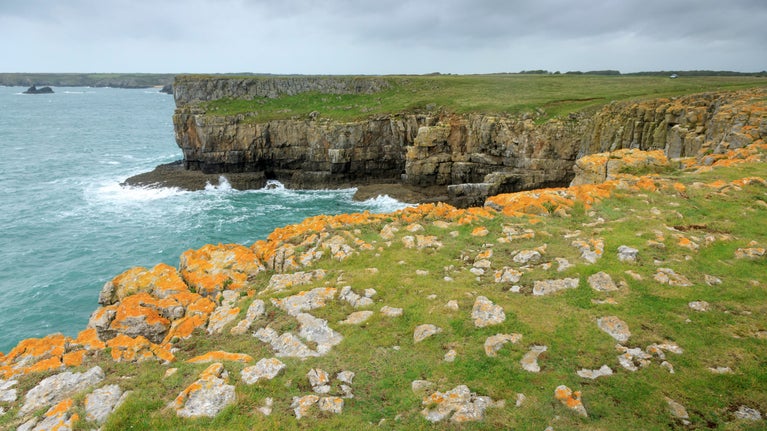
Coast
From the sounds of our shores to our tips for rock pooling, get closer to the coast.

Spending time canoeing and kayaking is a great way to experience nature while keeping fit and enjoying time with friends or family. However it can also be a dangerous activity if safety guidelines aren’t followed. Read on for our tips and guidance on how to stay safe on the water.
As well as your buoyancy aid, always wear suitable footwear – rough terrain, slipways and riverbeds can be dangerous without sufficient grip.
Other canoe-safe clothing encompasses hats, layered items that can easily be removed, and spare dry clothes for afterwards, as well as a towel to dry yourself down.
Make sure to find out the weather forecast before you set out on your paddle to assess whether the conditions are suitable.
The Met Office, BBC weather and local harbour offices will all have the most up-to-date forecasts.
For coastal canoe trails check the tide times and assess whether they are suitable for paddling the trail. Going upriver with an incoming (flood) tide and returning with the outgoing (ebb) tide is usually easiest. Make sure you’re not going to get caught on mud flats on a falling tide.
Paddlers should be aware of the rules of the road at sea and be able to identify the main channel. Always observe the navigation rules for the waterway you are travelling on, and check if there are any events/restrictions on the waters when you wish to travel.

Familiarise yourself with the local area: its sensitive places and protected areas. Be sure to:
Use this checklist to make sure you have everything you need, and ensure your kit is in good condition.
You should be able to swim at least 50m. Canoeing alone is not recommended. Always let someone know where you are going and when you expect to return.

From the sounds of our shores to our tips for rock pooling, get closer to the coast.
From open seas to rivers and lakes, there are plenty of spots where you can kayak or canoe. Find the best places in our care to head out for a paddle.

Paddle along Pembrokeshire's secluded coves and sandy beaches with our guided tours, and then settle down for the night in one of our cottages close to the sea.

Searching for a new outdoor activity to try? Discover the best places in our care for outdoor activities, including off-road cycle tracks, walking trails and coastlines for watersports.
